The Perception Gap
By Ellie Hearne
Many of us have seen this image before - but for those who haven’t, it’s a duck and a rabbit. It’s used to demonstrate the difference in how we as people perceive things.
Some of us see a duck first, some see a rabbit first - some see both in short order.
With a little help from our friends, we all end up seeing both. (The duck is facing left, the rabbit is facing right.)
But the perception gap isn’t confined to optical illusions. It comes up time and again in workplaces.
“I thought we’d agreed that the best course of action was…”
“We were on the same page until…”
“Alignment is our new company focus.”
Different points of view and perceptions are often a force for good. Diverse approaches beget innovations and positive change. But when perceptions diverge over the fundamentals, things can get challenging. Fundamentals like business goals, performance, and issues of fairness.
Perhaps the most pernicious perception-at-work challenge is in the realm of performance. Employees who aren’t performing well often think they’re doing better than they are. After interventions by managers they say things like “But I did xyz…” - even when they’ve been asked to focus instead on abc.
For example:
“You haven’t met your last three targets.”
“But I’m selling more than anyone in this office.”
“Be that as it may, you have not met your last three targets.”
In other scenarios, employees might be saddled with a manager who is reluctant to provide clear and actionable feedback.
All of these scenarios lead to challenges, individually and across organizations.
So what accounts for this perception gap in performance?
Like most things that happen at work, its origins are multilayered. There are two+ sides to every story, after all.
For the Employer, it often goes like this:
This person hasn’t been doing what’s been asked for them for some time. We explain to them that this is happening and lay out a path to fix it. Time passes, their behavior doesn’t change - it’s time for them to go.
For the Employee, the same events play out differently:
Employee thinks everything is OK - after all, they haven’t had feedback to the contrary. Employer tells them their work isn’t up to scratch and offers some ideas on how to fix it. Employee is surprised, but absorbs the news in time and, after making a change or two, employee assumes all is well again… Before hearing that their employer disagrees.
And like all perception challenges, scenarios like these can be prevented by robust communications - at all stages.
Hiring: Provide a clear role and company description. Ask yourself, what are you looking for in an employee? Beyond the technical skills, what qualities are important? Leverage behavioral interview questions to uncover the “intangibles” - honesty, integrity, receptiveness to feedback, and the like. (I.e., the things you can’t easily coach for.)
Delegation and direction-setting: What’s the task or challenge, its significance, and your expectations of the employee? What’s a reasonable timeline? How much will you check in? Will the employee shadow you doing a similar task first? Or dive right in? Don’t assume these things are clear to a new employee.
Performance management: How will you measure performance? What’s important in your organization? How much will the employee set their own goals? What will you do if/when things fall short of expectations?
Feedback: Offer timely and actionable feedback. “You don’t seem confident” isn’t particularly constructive - nor is “You did a poor job of ____”. Get specific and check your own assumptions. Provide examples - and, crucially, do not wait too long. By sharing timely, well-intentioned feedback in ways that work for each employee, you’re giving them every chance of success. By quietly harboring reservations about their performance, you’re doing them and the organization a disservice.
Culture: What’s the culture in your workplace? Some cultures are so positive that no one offers constructive feedback - and there’s an undercurrent of passive aggression. Some cultures are direct, cutthroat, and ruled by fear. Most are somewhere in the middle. Ask yourself, what’s important in yours? How does the leadership team communicate? That’s a good place to start.
The perception gap will always exist to some degree, but clear and timely communication can counteract its downsides. After all, different perceptions can be a force for good, too.
—
Ellie Hearne is a leadership-communications expert and founder of Pencil or Ink. She has worked with Apple, Google, Kate Spade, Marriott, Morgan Stanley, Oracle, Mastercard, Pfizer, Piaget, Spotify, Starbucks, and Twitter, among others, and has coached numerous individuals and teams.

